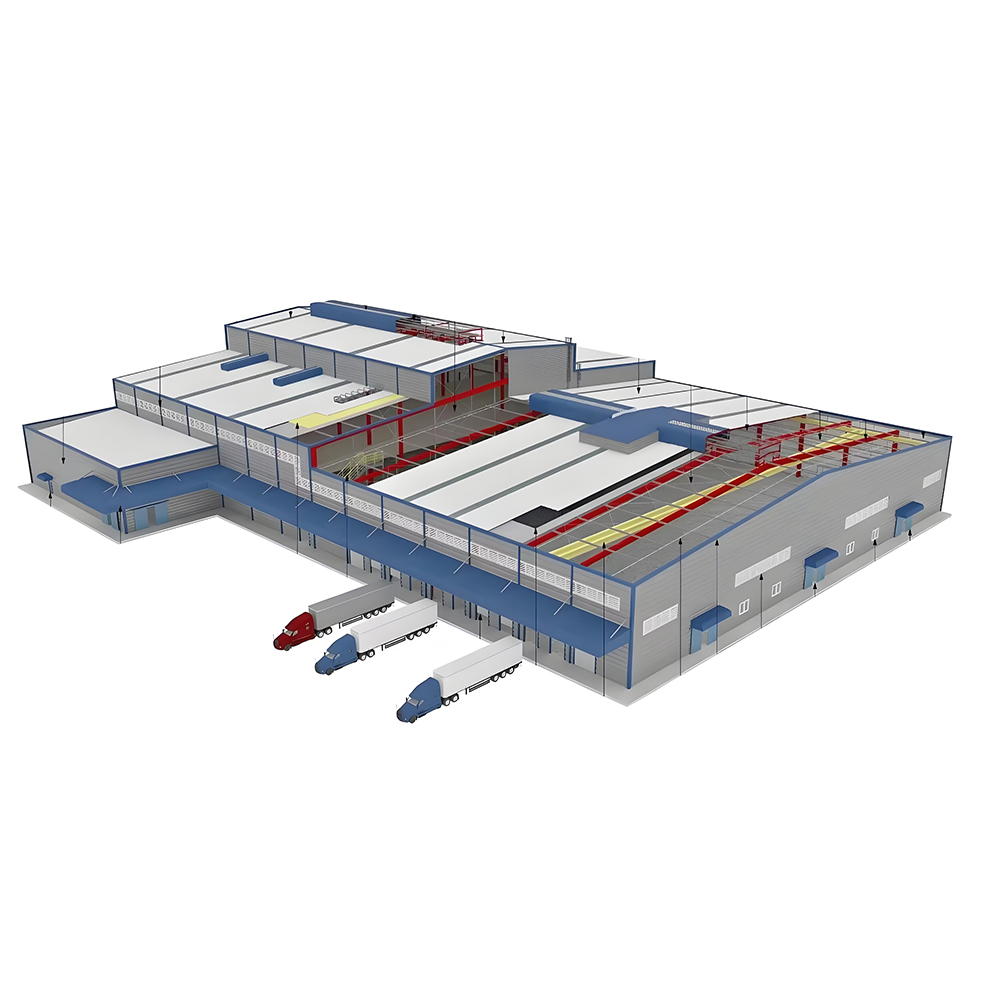With the rapid development of global trade and the increasing demand for fresh goods from consumers, large cold storage facilities, as the core facilities of cold chain logistics, are playing an increasingly important role. Low temperature storage technology plays a crucial role in ensuring quality and safety in food, pharmaceuticals, and specialty chemical products.

Ammonia/CO2 refrigerant: replaces traditional fluorocarbons and reduces greenhouse gas emissions.
Solar cold storage: utilizing renewable energy to reduce operating costs.
AI energy management: optimizing refrigeration efficiency through algorithms.

Food industry: Ensuring freshness and reducing waste
Large scale cold storage is widely used in the food supply chain, covering the storage of perishable foods such as meat, seafood, dairy products, fruits, and vegetables. By precise temperature control (such as -18 ℃ freezing or 0-4 ℃ refrigeration), cold storage can significantly extend the shelf life of food and reduce losses during transportation and sales.Pharmaceuticals and biological products: the "lifeline" of secure storage
Many vaccines need to be stored in an ultra-low temperature environment of -70 ℃, and large pharmaceutical cold storage can provide stable storage conditions to ensure drug efficacy. In addition, the preservation of blood, stem cells, and biological samples also relies on professional cold storage facilities.Emerging demand: E-commerce and cross-border cold chain
The rise of fresh e-commerce has driven the intelligent upgrade of cold storage. Automated three-dimensional cold storage, robot sorting systems, and IoT temperature control technology are becoming standard equipment in the industry. At the same time, the growth of cross-border food trade has prompted countries to invest in large-scale cold storage hubs, such as Guangzhou in China and Los Angeles in the United States, which have established large-scale cold chain bases.Sustainable development challenges and innovation
The issue of high energy consumption in traditional cold storage has attracted attention, and the industry is responding through green technologyAmmonia/CO2 refrigerant: replaces traditional fluorocarbons and reduces greenhouse gas emissions.
Solar cold storage: utilizing renewable energy to reduce operating costs.
AI energy management: optimizing refrigeration efficiency through algorithms.


